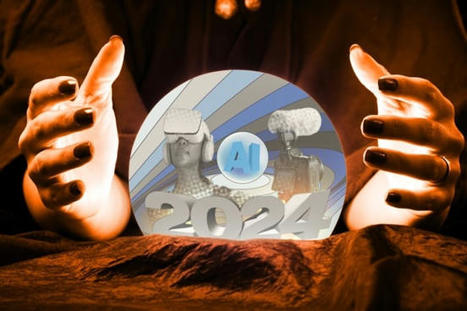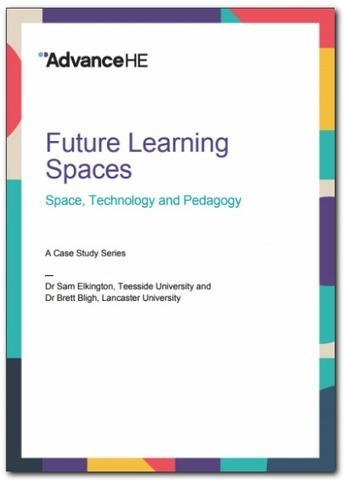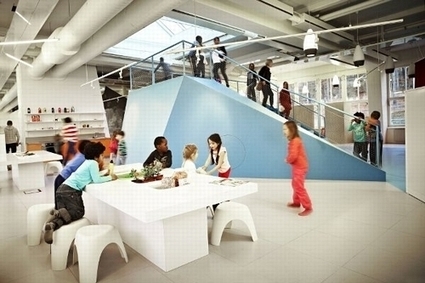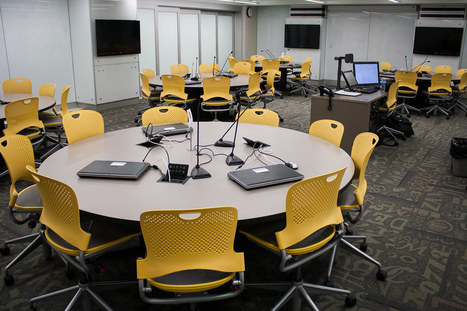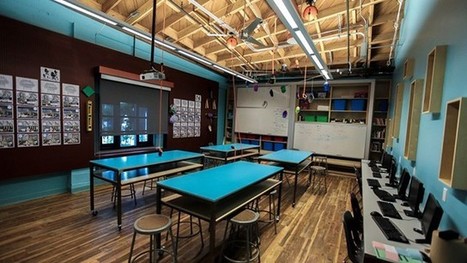Coming soon: advances in VR and high-tech classrooms, plus even more AI. After a 2023 filled with “metaversities,” robots rolling across campuses and artificial intelligence tools spurring both anxiety and excitement, what could this coming year have in store f
Via Peter Mellow



 Your new post is loading...
Your new post is loading...

